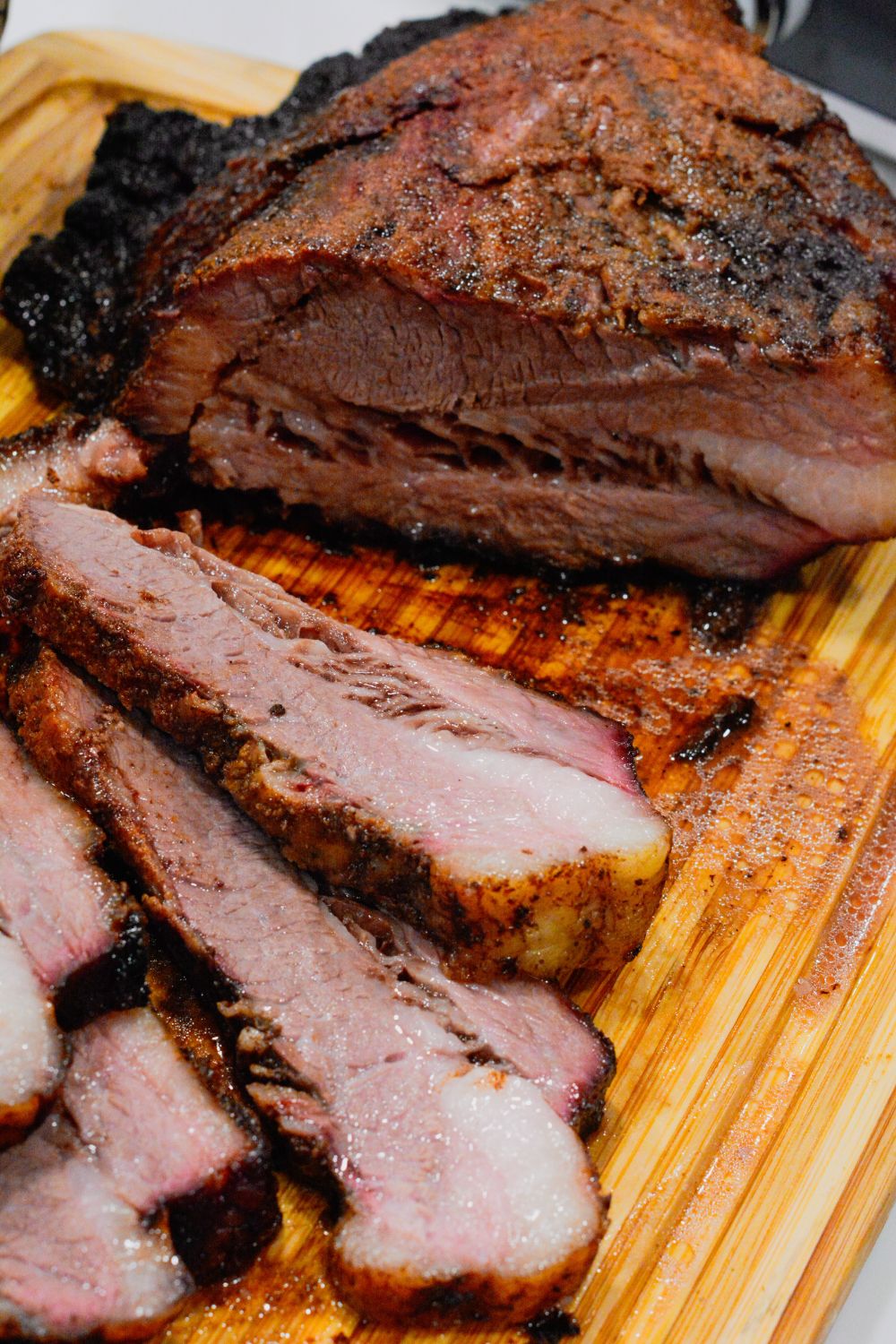Alright, so I’d been hearing folks talk about these ‘bge recipes’. Seemed like everyone was suddenly using them or at least mentioning them. Sounded like practical ways to actually use those BGE embedding models, not just the theory stuff. I figured, why not, let’s get my hands dirty and see what happens.

First step was just figuring out what these ‘recipes’ actually were. Found some bits and pieces online, mostly code examples and short guides people had put together. Looked like they covered different tasks, like classification, clustering, searching, that sort of thing. I decided to start simple, picked a recipe that was supposed to improve basic semantic search over a bunch of documents I had lying around.
Getting Started
So, I grabbed the small BGE model first. Didn’t want anything too heavy hitting my system right away. The recipe I chose involved prepping my text docs – just a bunch of notes and articles I’d saved. Had to clean them up a little, nothing major.
Then came the part of actually following the recipe’s steps. It involved loading the model, writing some Python code to push each document through it, and saving the resulting vectors. That’s the embedding part, turning text into numbers the computer can understand better. This took a little while, running through all the documents.
Running the Search Part
Once I had all the document vectors stored, the next part of the recipe was the search function. The idea was simple: take a search query, turn that into a vector using the same BGE model, and then compare this query vector to all the document vectors I’d stored. The recipe used cosine similarity, basically finding the vectors that ‘point’ in the most similar direction to the query vector.
Getting this bit working wasn’t totally smooth sailing. The code snippets needed tweaking. Little things, like how the data was formatted, where files were expected to be. Took some fiddling around, printing variables, the usual debugging stuff. It’s never quite copy-paste, is it?
Did it Work?
Yeah, eventually, it did work. After sorting out the kinks, I could type in a query, like “information about vector databases”, and it would spit back the documents from my collection that were closest in meaning, not just keywords.
The results were… pretty decent, actually. Definitely better than the simple keyword search I had before. It pulled up documents that talked about the concept even if they didn’t use the exact words “vector databases”. It understood the semantics, which was the whole point.

- Loaded the BGE model.
- Processed my documents into vectors.
- Built the search function based on the recipe.
- Tested with various queries.
So, my take on these ‘bge recipes’? They’re useful starting points. Don’t expect miracles or a perfect solution out of the box. You still need to understand what’s going on and adapt the recipe to your specific data and setup. But they provide a solid path forward, a practical template to build upon. For someone just trying to apply these embedding models, they definitely save some time and guesswork. Worth messing around with if you’re exploring this stuff.




